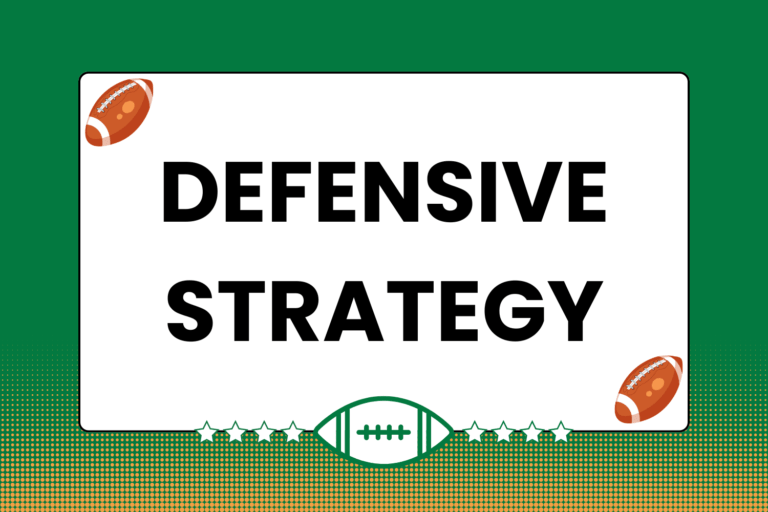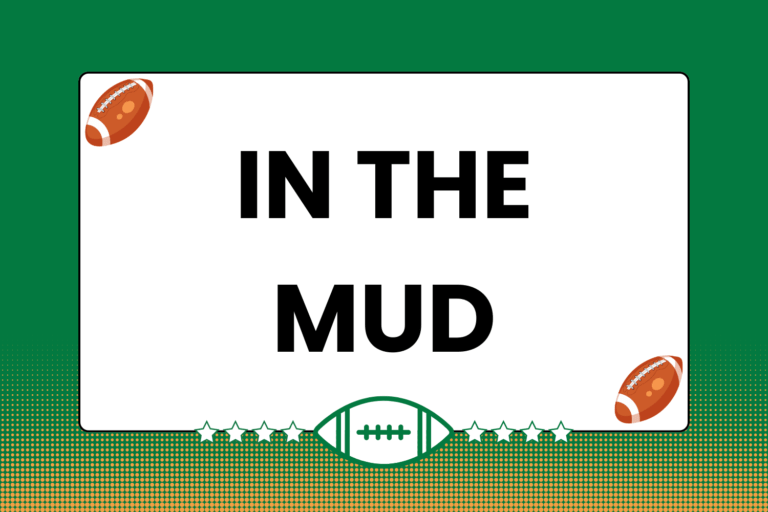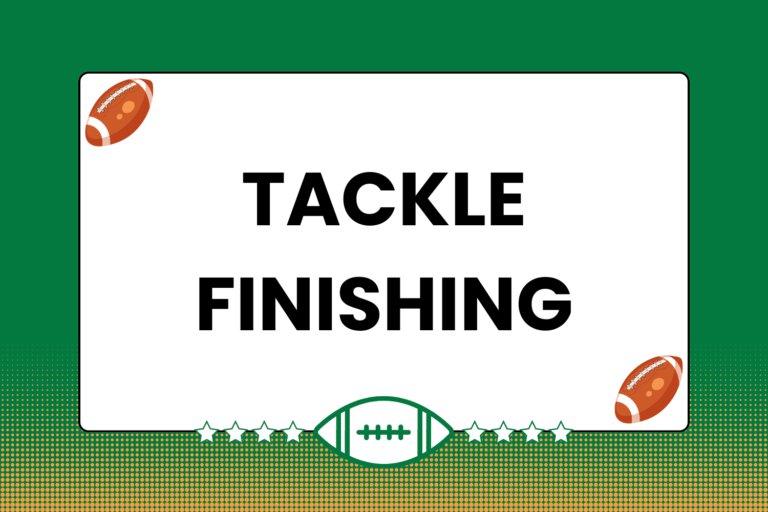Every rugby player will touch the ball at some point in a match. While it’s true that some players will control the ball more than others, all players should have at least a functional understanding of what to do with the ball when it comes to them. The situations faced by the player with the ball boils down to two options: Hang on to the ball, or get rid of it. Obviously, the specifics of the situation will determine not only which option to go with, but also how to best manage that option. This guide illustrates the basic moves the ball carrier can make after deciding to carry the ball into a contact situation with a defender.
Run Through, or Run Around?
The ball carrier’s move will be determined by the circumstances of the confrontation – the number of defensive and offensive players nearby, the position on the pitch, and the particular abilities of the ball carrier. With that, it’s important to be able to recognize and understand the information provided by the details of each confrontation. Also, it’s important to keep in mind that just because a ball carrier chose to keep the ball to set up one confrontation, it doesn’t automatically mean that he/she will be able to pull the dame trick the next time around.
Carrying into Contact
The ball carrier elects to confront the defensive player(s) with the ball. This leaves two choices: Run around the defensive player(s), or run through them. The first choice is popular among backs because of the speed and agility most of them possess, while the second choice is what a forward would usually choose because of their increased size and strength.
While carrying the ball into a potential contact situation, the player should get in the habit of following these steps to ensure the ball is as secure as possible:
Step 1: Lock It Up
Have it positioned in the arm furthest away from the nearest defensive player, with one end (point) of the ball lodged firmly against the bicep and the other end in the palm of the hand.
Step 2: Ball Security
The fingers of that hand (touching the ball) should curl around the ball, securing it at that end with as strong a grip as possible, so that the ball is secure at both ends.
Step 3: Keep Your Options Open
The ball carrier’s arm should run underneath the ball, still allowing the arm and ball to move, while securely maintaining possession of the ball. The ball carrier’s grip should change as the situation requires it. For example, it would be very difficult to pass or kick the ball while it’s firmly tucked in the ball carrier’s arm, so the ball carrier would shift the ball to a position between both hands, sacrificing the secure grip for the ability to make a pass to a teammate.
Step 4: Lockdown Mode
When the ball carrier is confronted by, or runs into, a defensive player, the player with possession would do something like curl the ball against his/her chest and bring the other arm overtop of it. This would sacrifice the ability to move the ball in favor of an even stronger, more secure grip on the ball.
It is a matter of time until the ball carrier will be tackled. No ball carrier is going to run around/through a defender every time. However, just because the ball carrier is successfully confronted by a defensive player, it doesn’t automatically mean that the ball has to go down with the ball carrier. Depending on how the ball carrier gets tackled, it is possible to make a quick pass before being brought to the ground.
- If the defensive player doesn’t immediately take the ball carrier down and the ball carrier’s arms are free, it’s just a matter of passing the ball to a nearby teammate.
- Somewhat more difficult is attempting to pass the ball while being brought to the ground; if the ball carrier starts to fall (usually over the top of a defender), it’s perfectly legal to pass the ball off, as long as it happens before the ball touches the ground.
However, when the ball carrier gets tackled to the ground and the ball touches, they must release the ball. The way they position themselves when being tackled is crucial to ensuring that possession of the ball stays with the ball carrier’s team.
The ball carrier is not going to be in complete control when getting tackled. If that were the case, the ball carrier could simply manipulate the defender away and continue running with the ball. These are possible things the ball carrier can do to maintain some level of control – none of them are not guaranteed to work every time.
The ideal way for the ball carrier to be tackled is to approach the defender low and fast, coming straight ahead, so the ball carrier is not completely controlled by the actions of the tackling player. The idea is to go to the ground with his/her body between the ball and the opposing team.
Fun Fact:
In Union rugby, as soon as the ball goes to the ground a ruck should be formed. If the ball carrier is positioned correctly, it will be much easier for that player’s team to win the ruck and maintain possession of the ball. In League rugby, positioning is less important, as play momentarily pauses and resets after a successful tackle and only counts against the quota of possessions available to the offensive team.
Decisions, Decisions
As some point, every rugby player has to decide what to do with the ball. The more the decision has to be made, the better it will end up being. Remember, no player in the history of the game has made the right decision every time, so as long as you learn from making the occasional wrong decision, you’ll be just fine.





